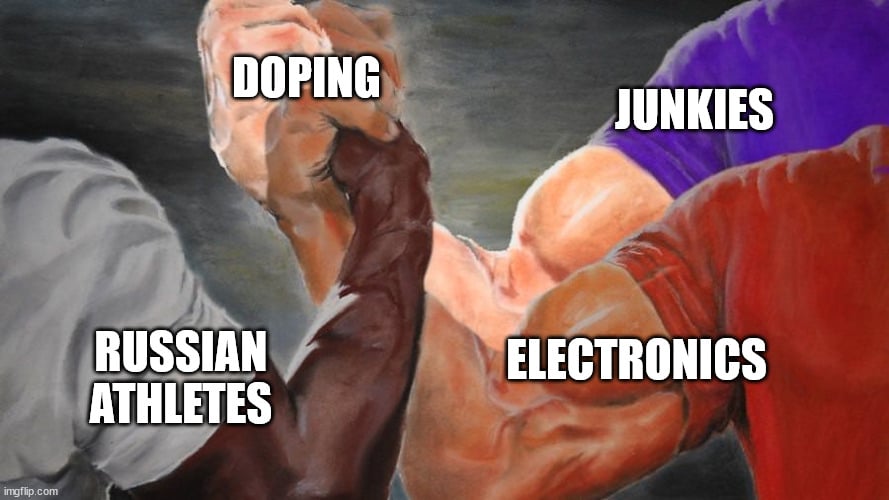I recently read through this and was just curious what others thought the pitfalls or unforseen issues might be with quickly or steadily transitioning to such in a fairly environmentally friendly manner.
Hate the title name, but I think I have to use the article title as the title.
Doping is a common term in electronics, it’s just that the article is on Top Gear so they didn’t explain it well.
As far as I can tell (not as an expert), the pitfalls and unforeseen issues are probably pretty much what they’d be for every new battery chemistry: how safe is it? Does it have really bad self-discharge? Is the supply consistent? How does it do at low charging levels? How long/how many cycles does such a cell last? Does it require an unsustainable amount of exotic minerals?
As well as what they are for any new technology: what is the replacement cost? Can they be installed in existing technology via drop-in or with a simple retrofit, or do you have to replace the entire unit? How long before they come to market? Can they maintain supply to match demand?
Probably a lot of those questions are business-related rather than technology-related (i.e. “will the companies developing this stuff put enough into R&D to solve these problems before releasing them?” not “do the laws of the universe allow this?”). I am not an expert, but before I put all my chips on solid-state batteries (something I’m pretty confident will be the norm eventually), I would want those answered.
80 % in 9 minutes is only 5 C, not really something that amazing.


